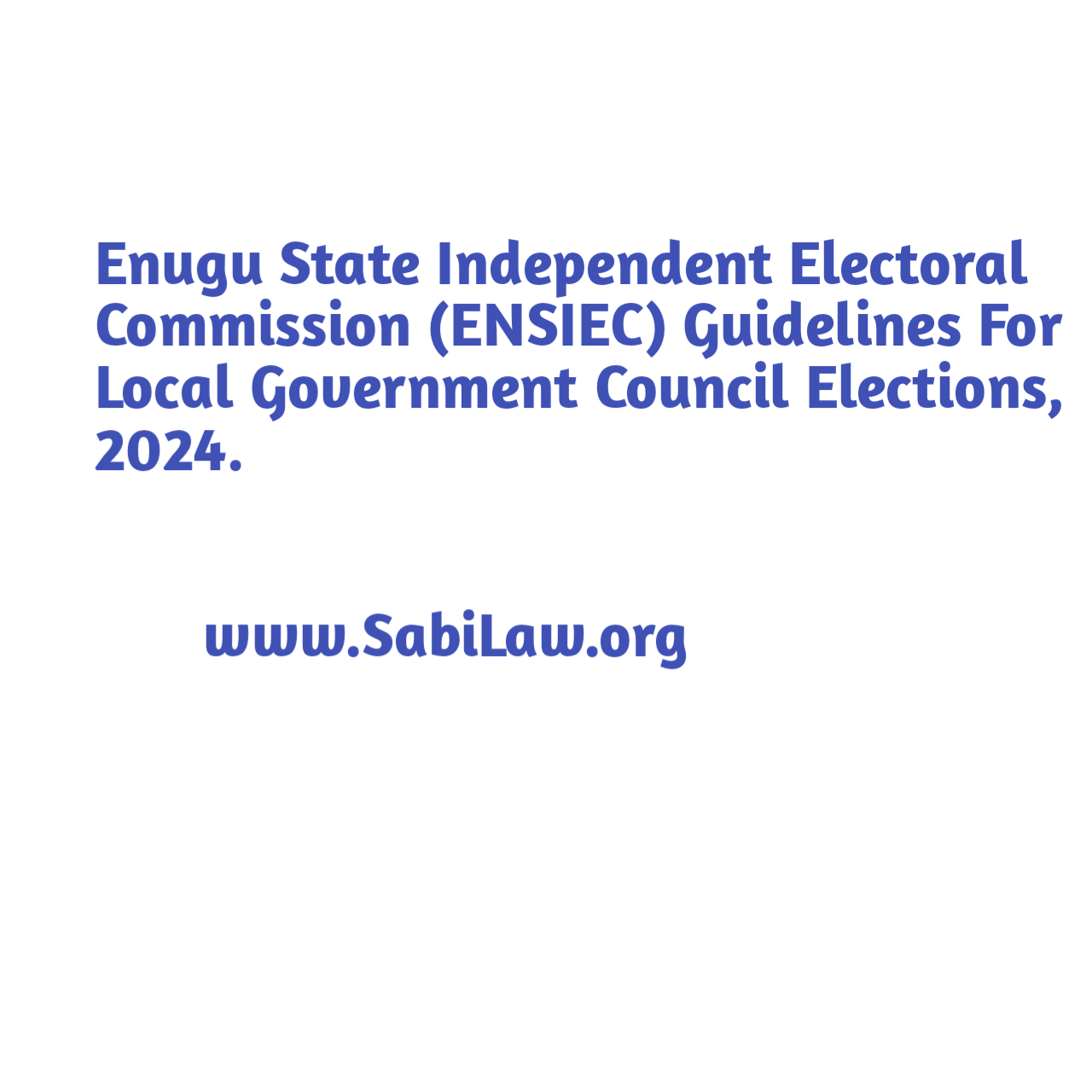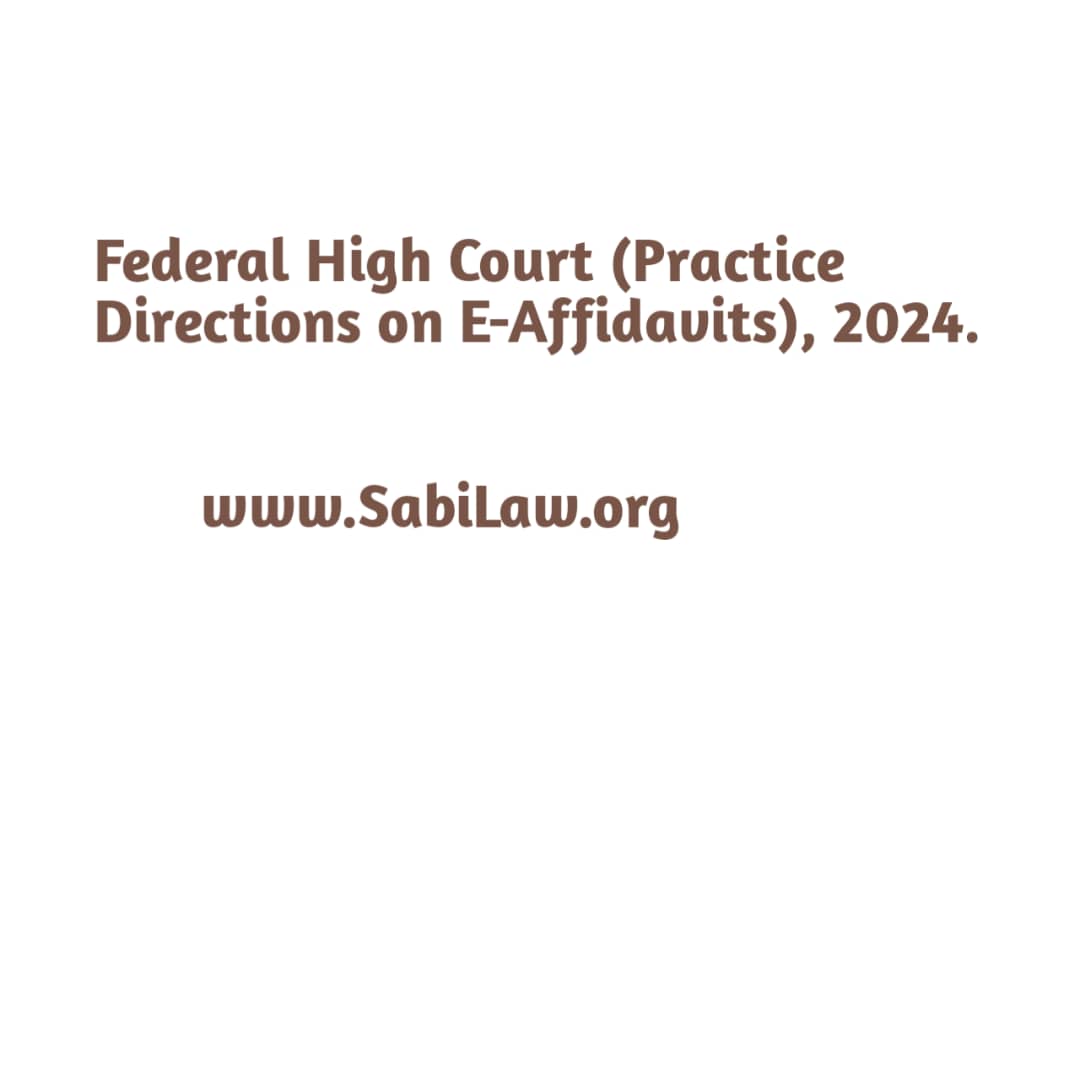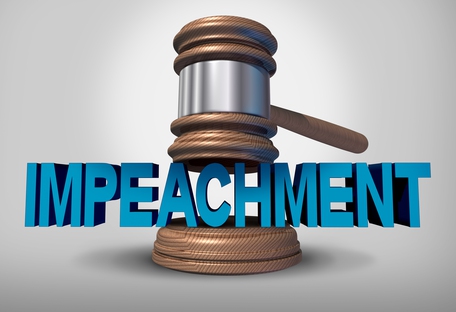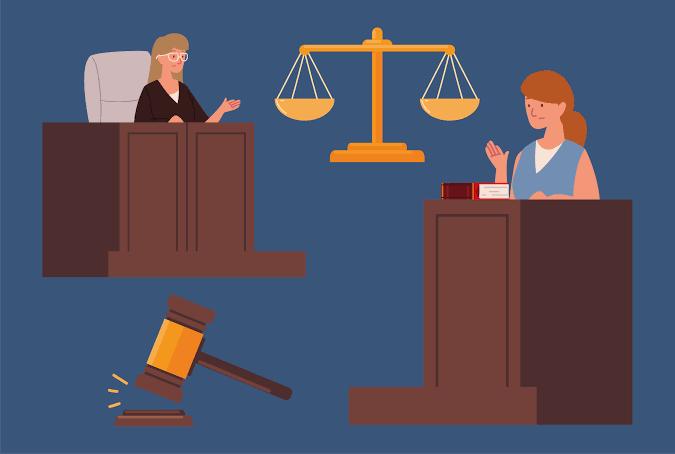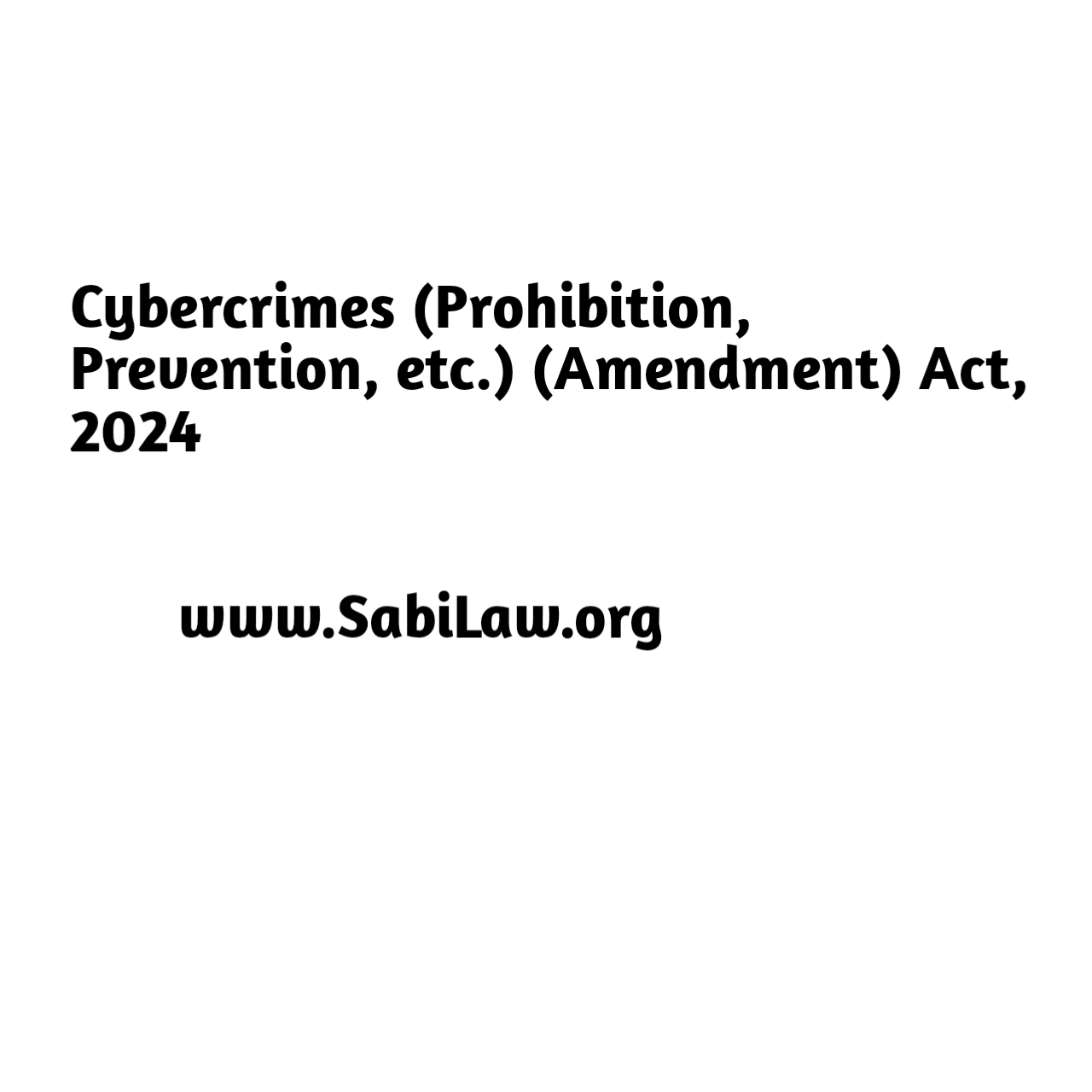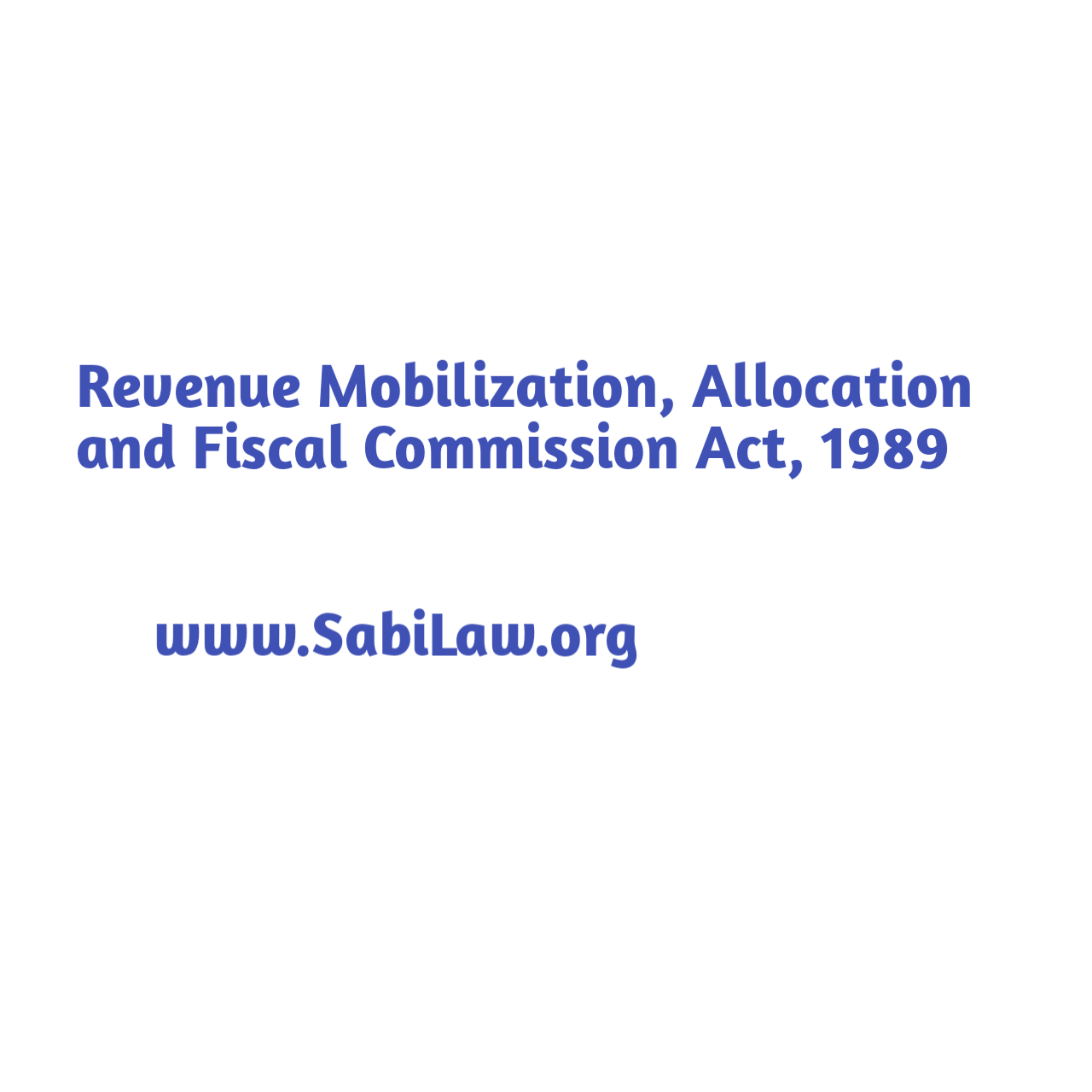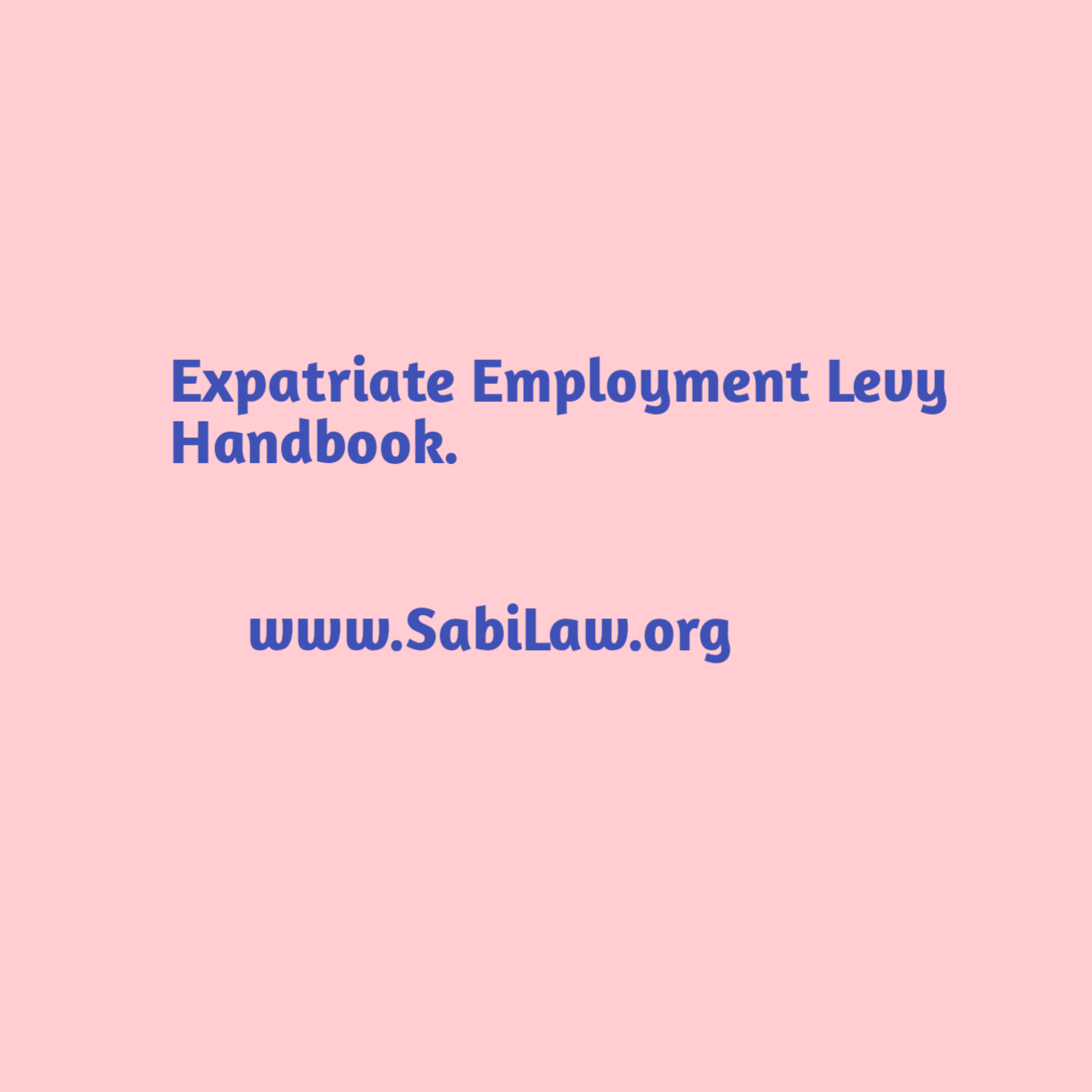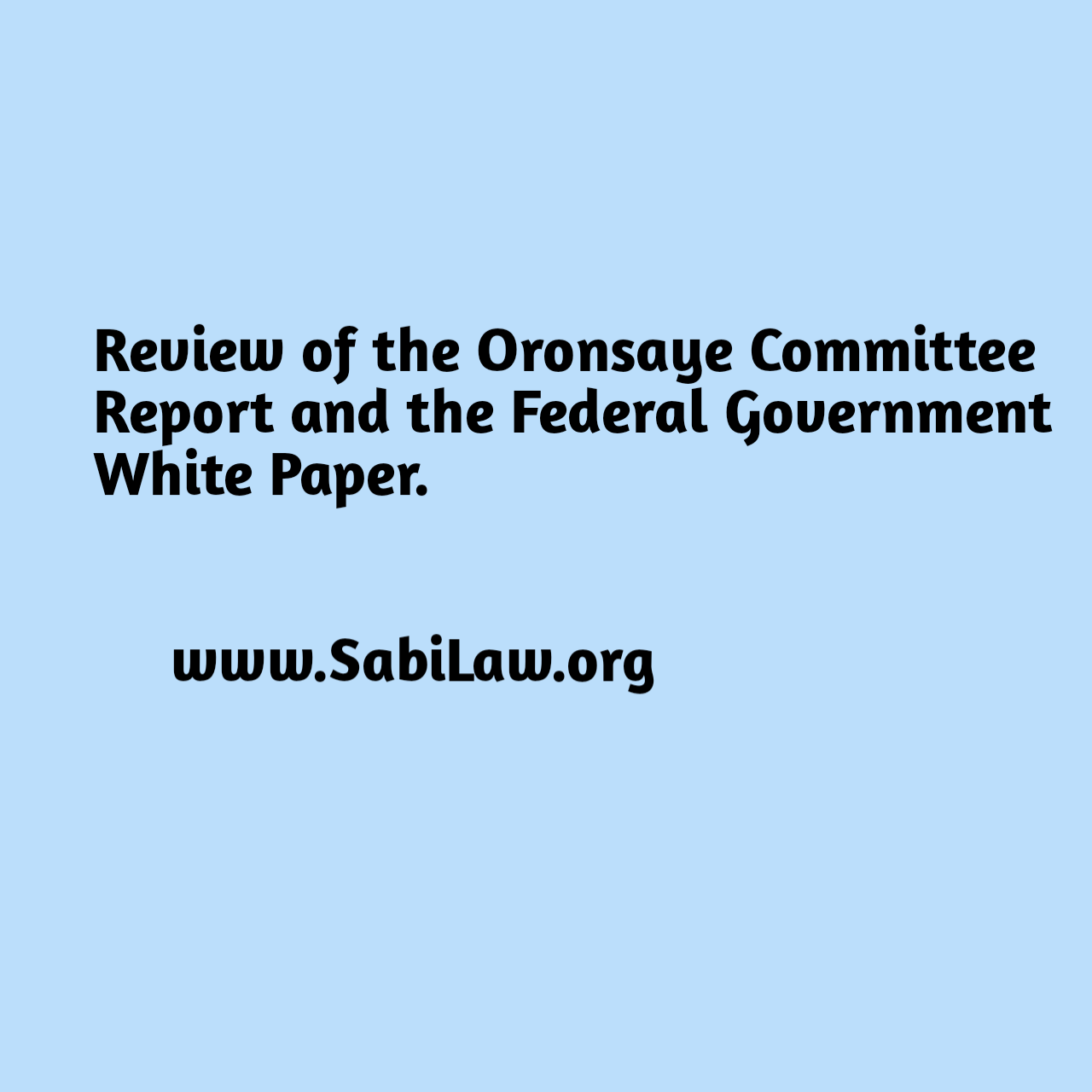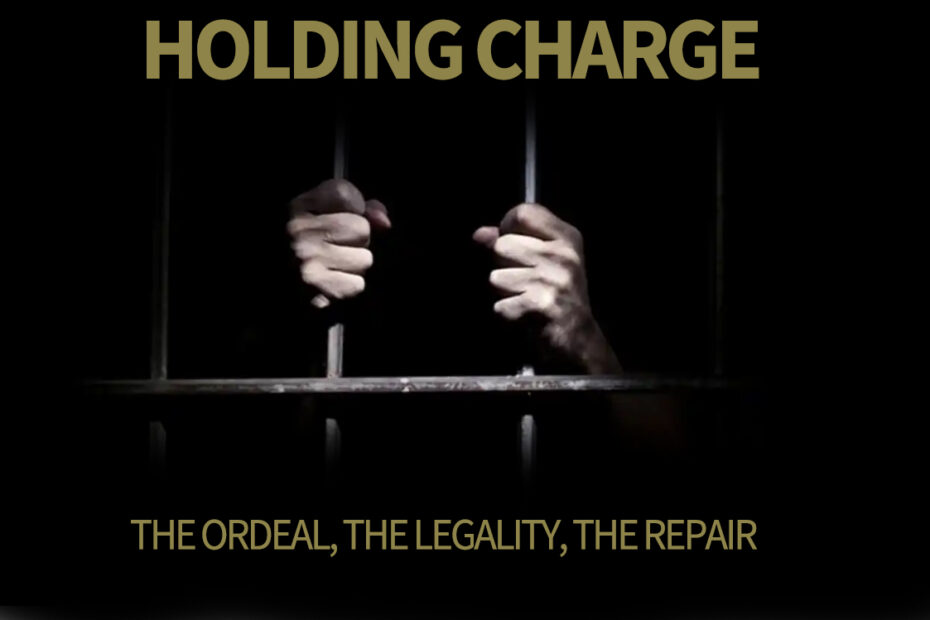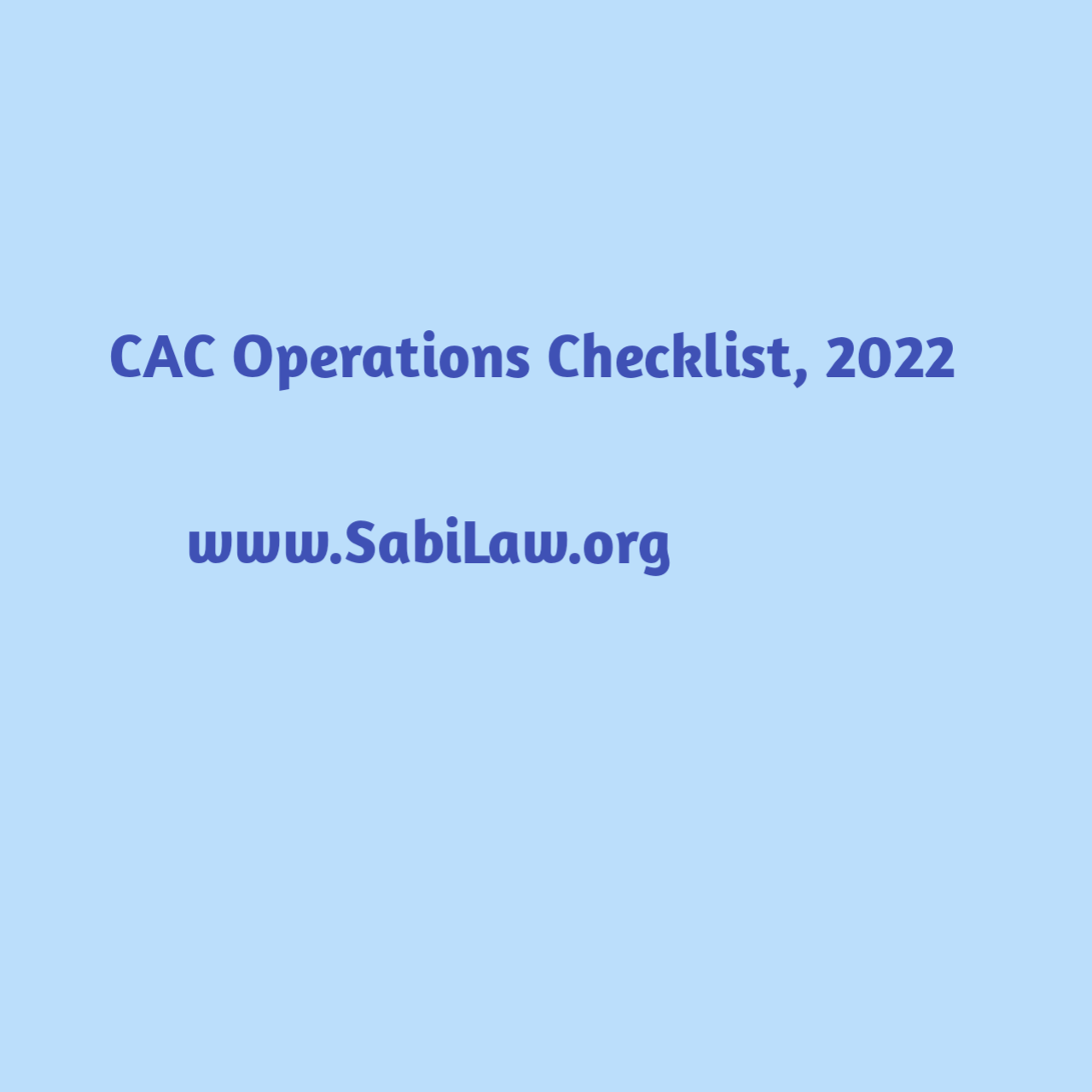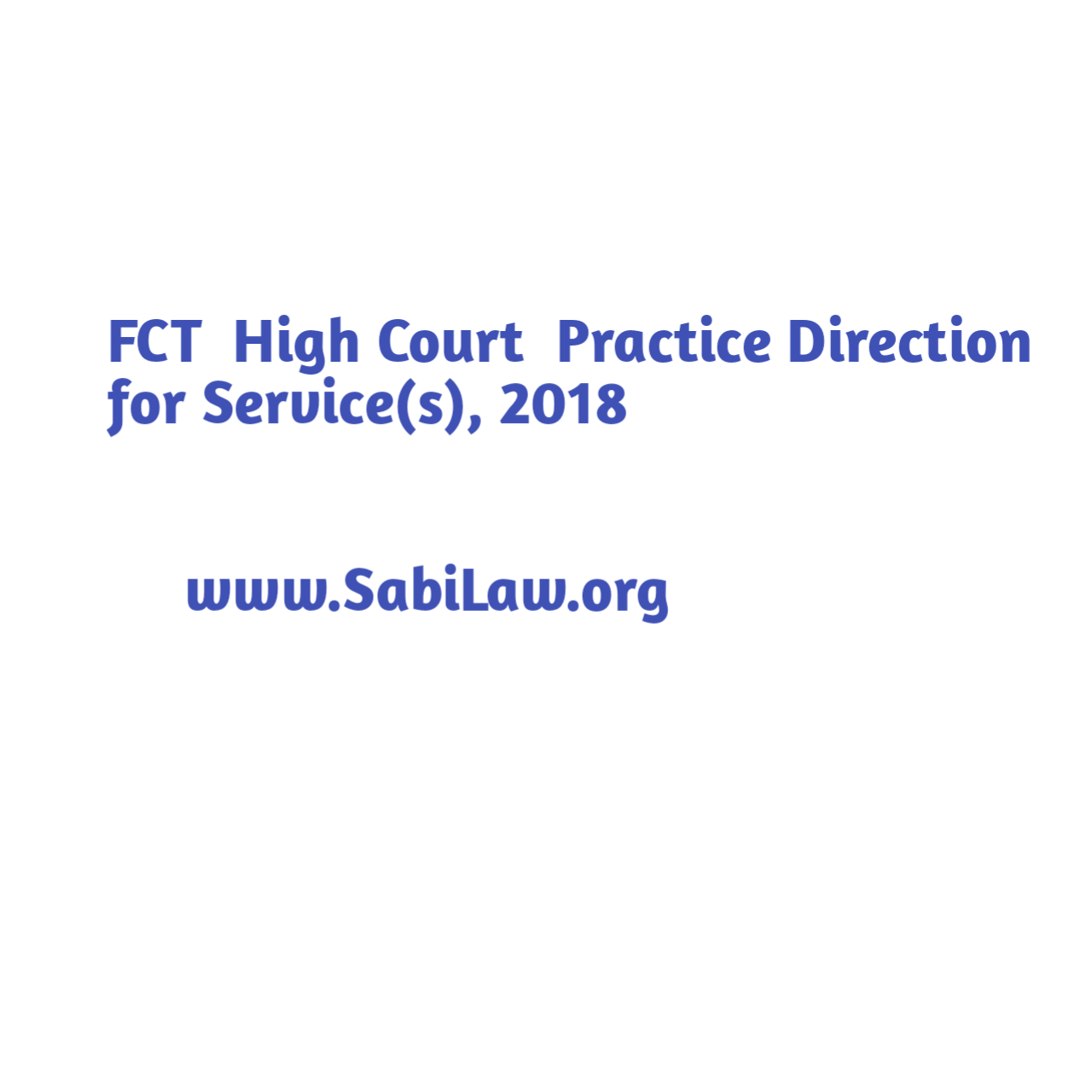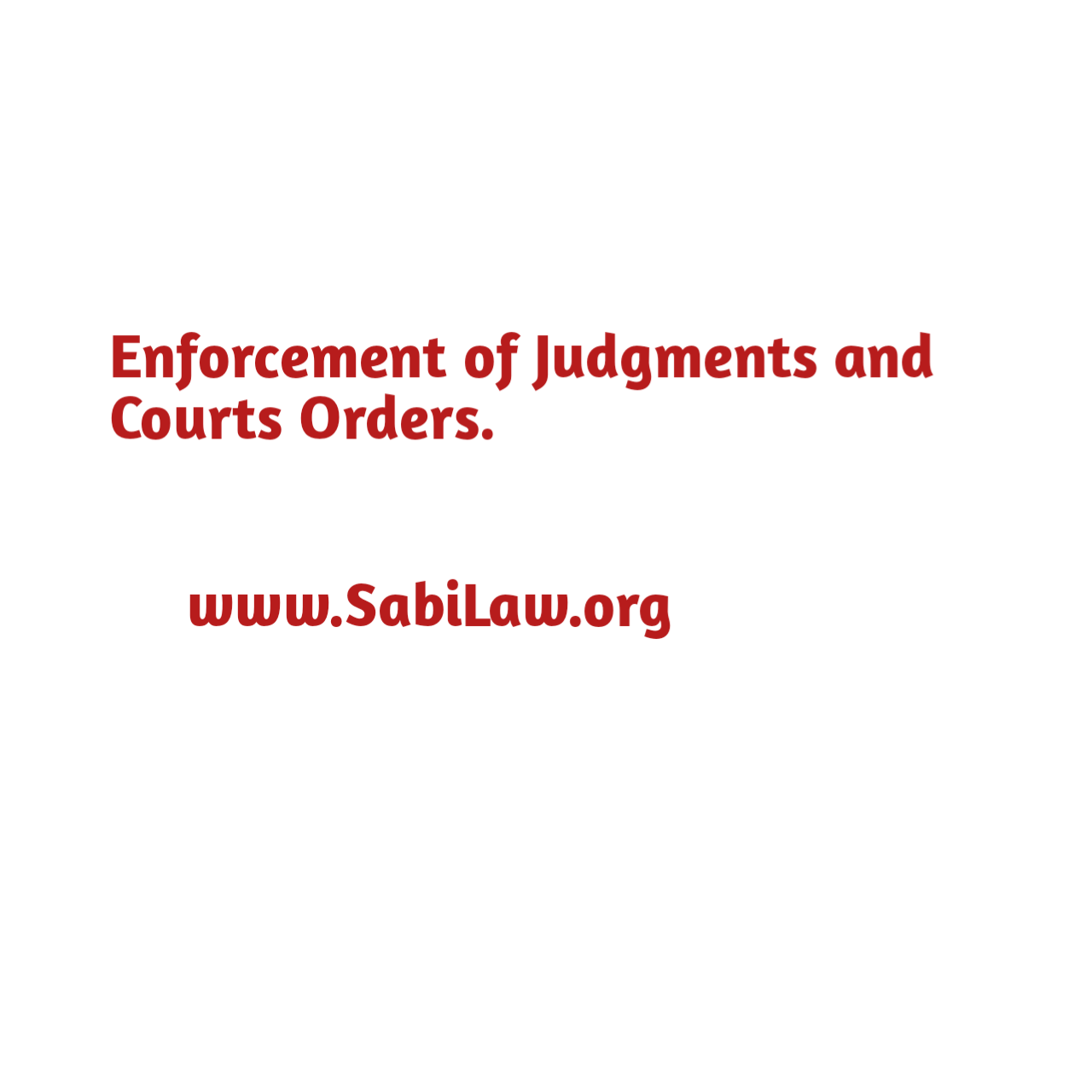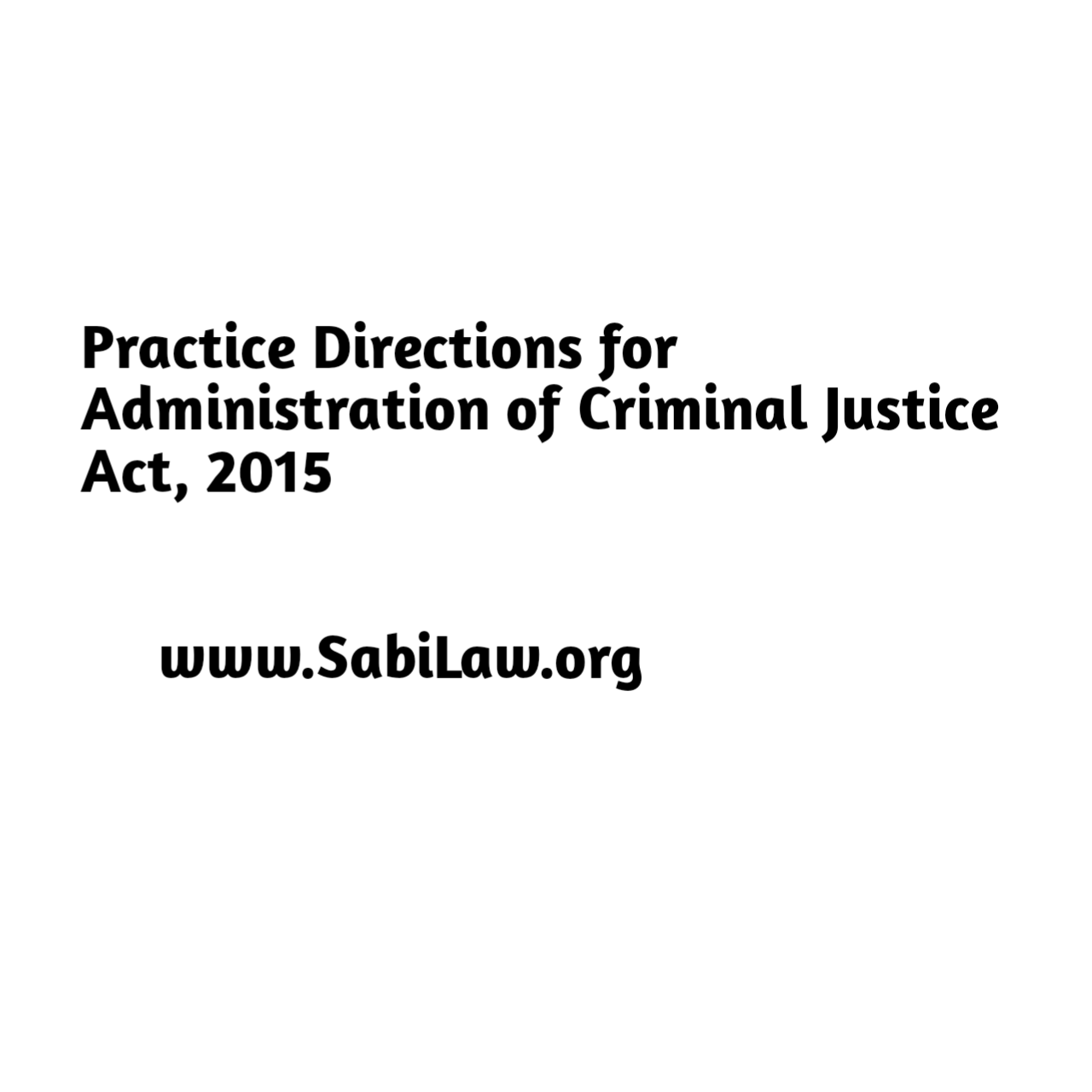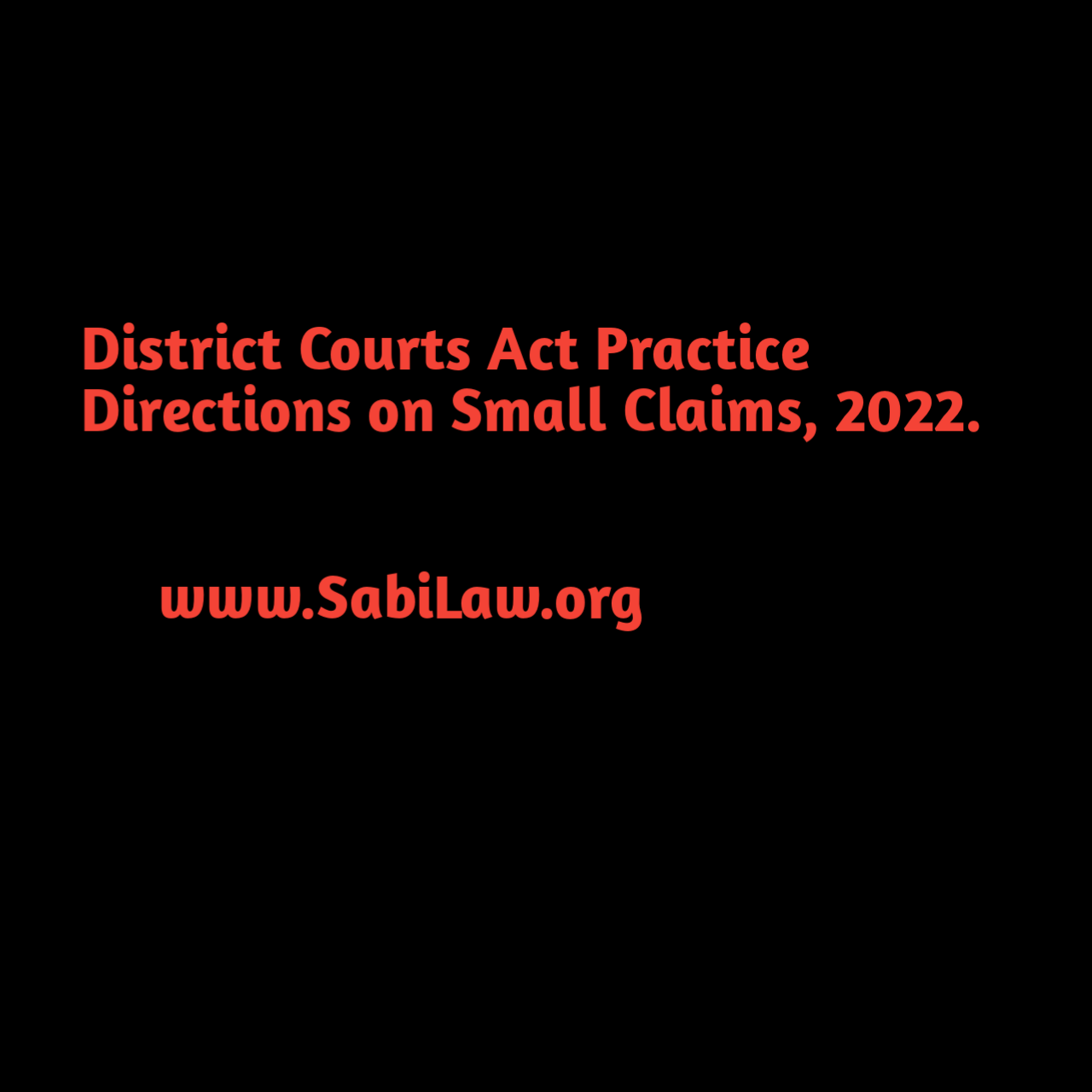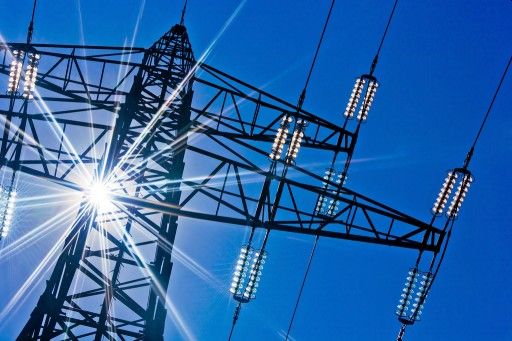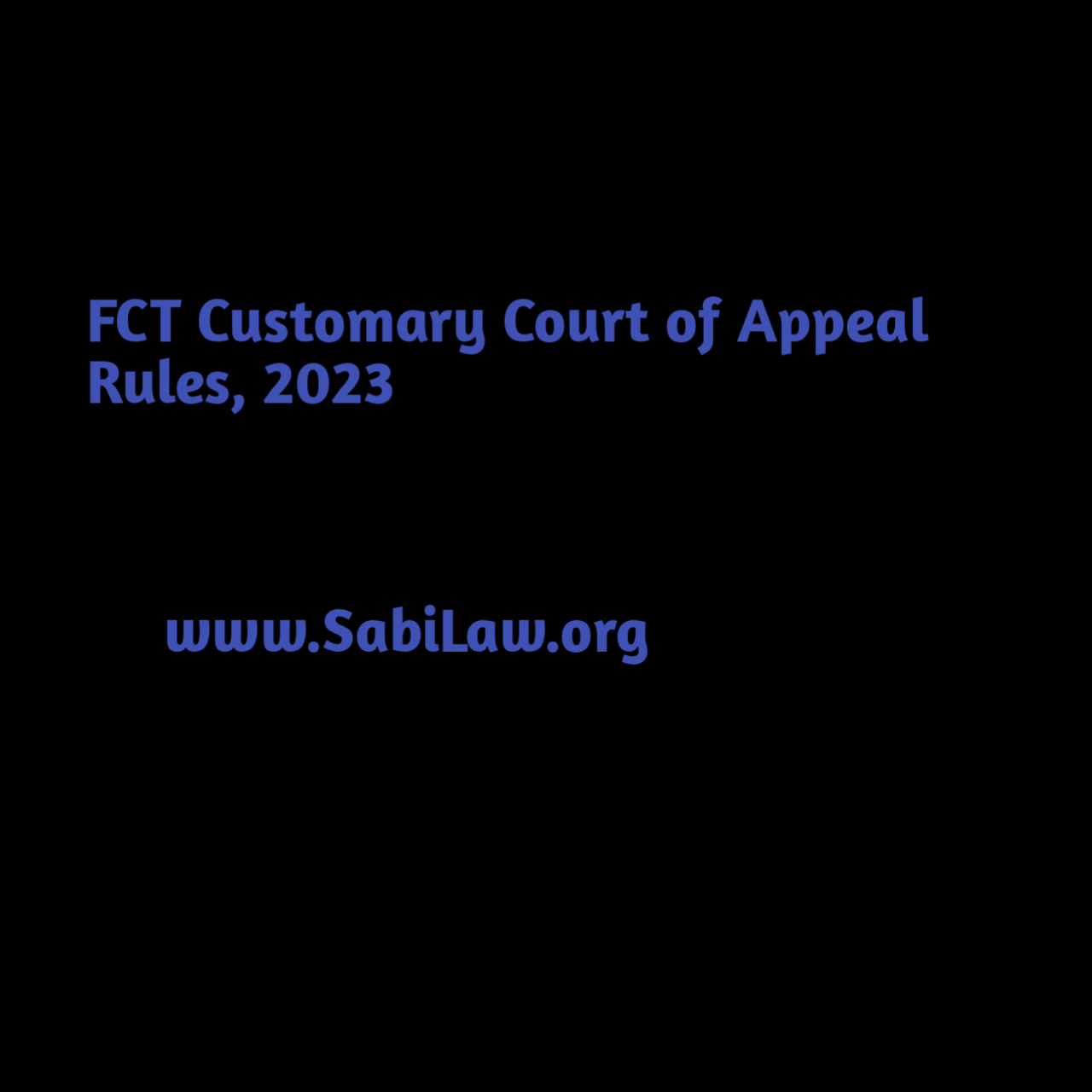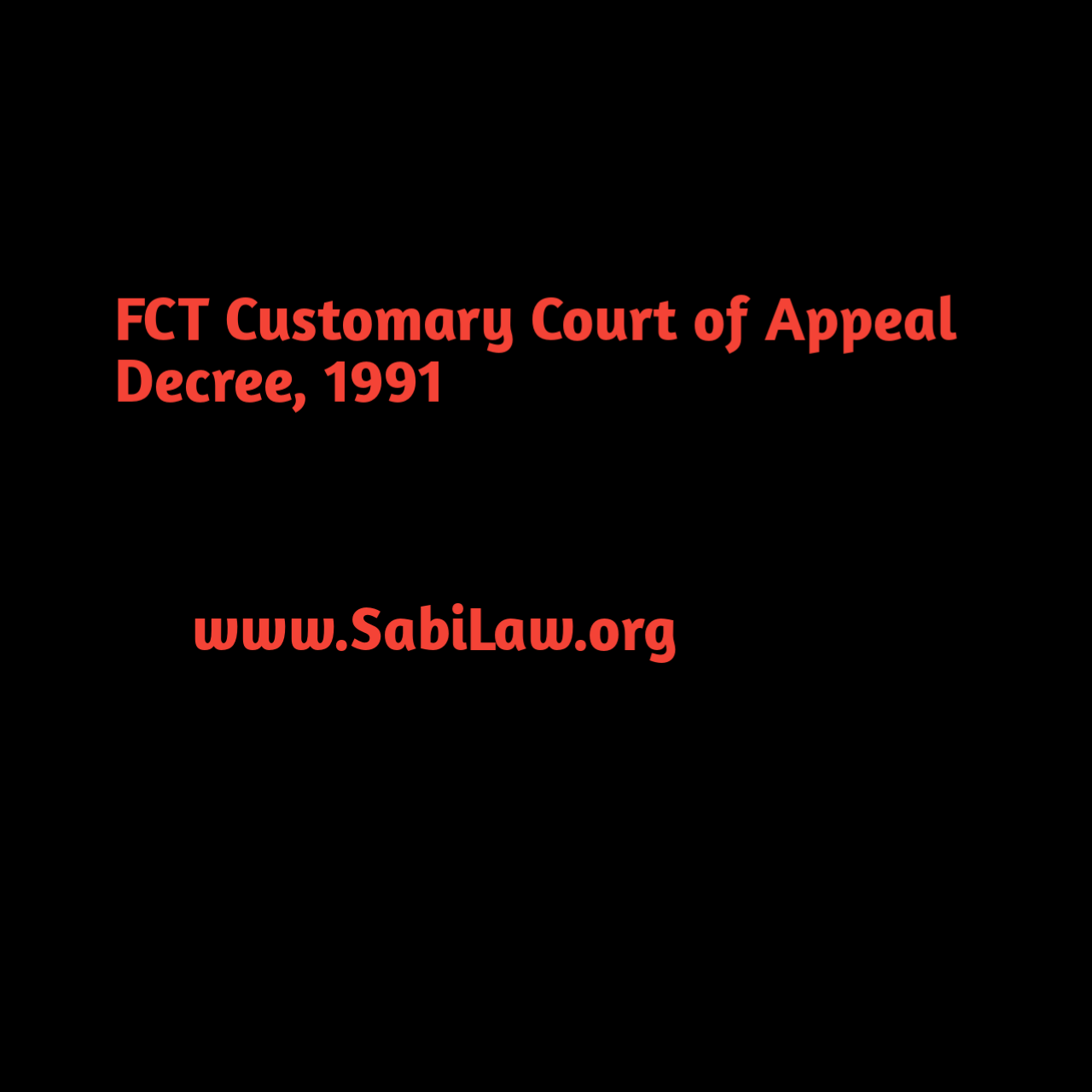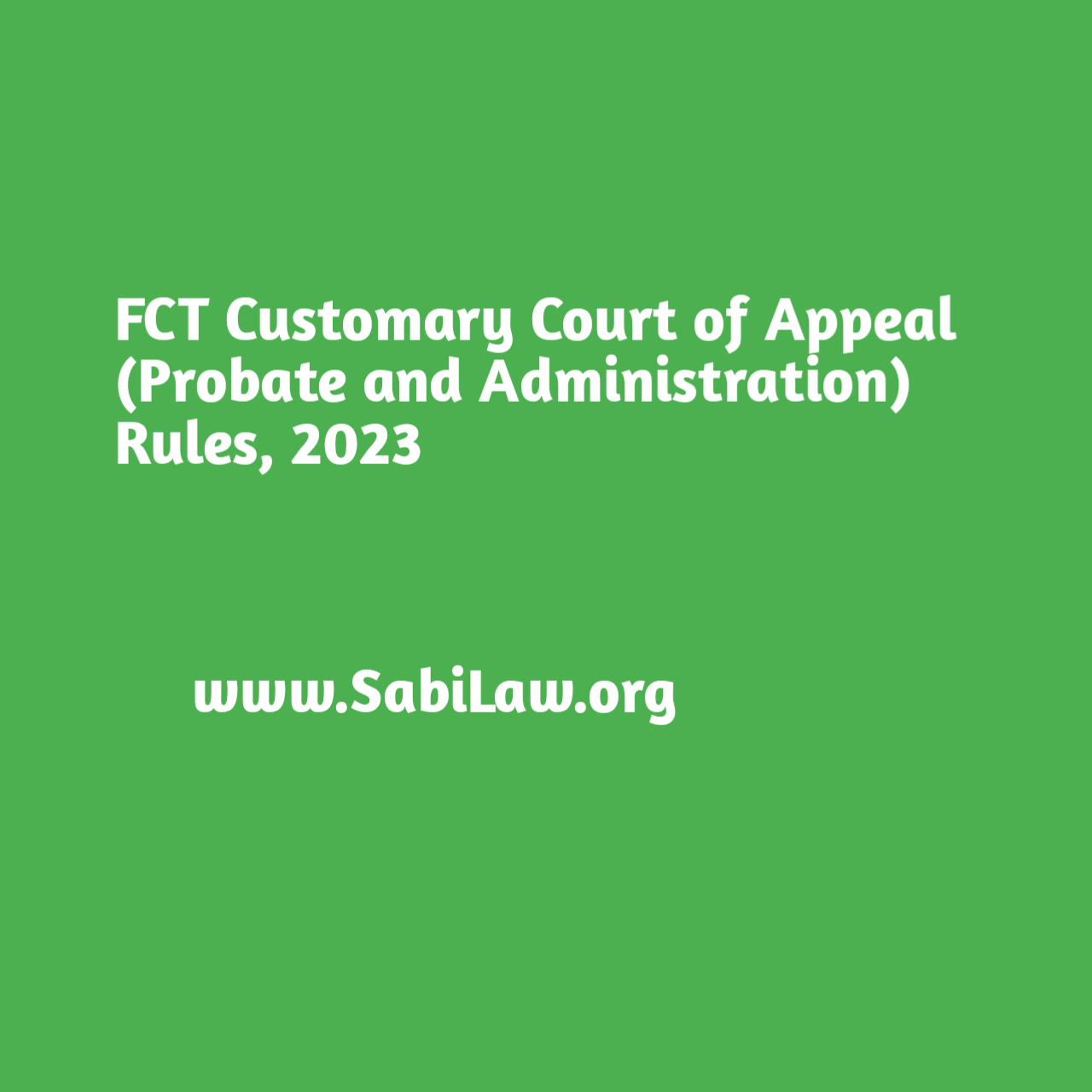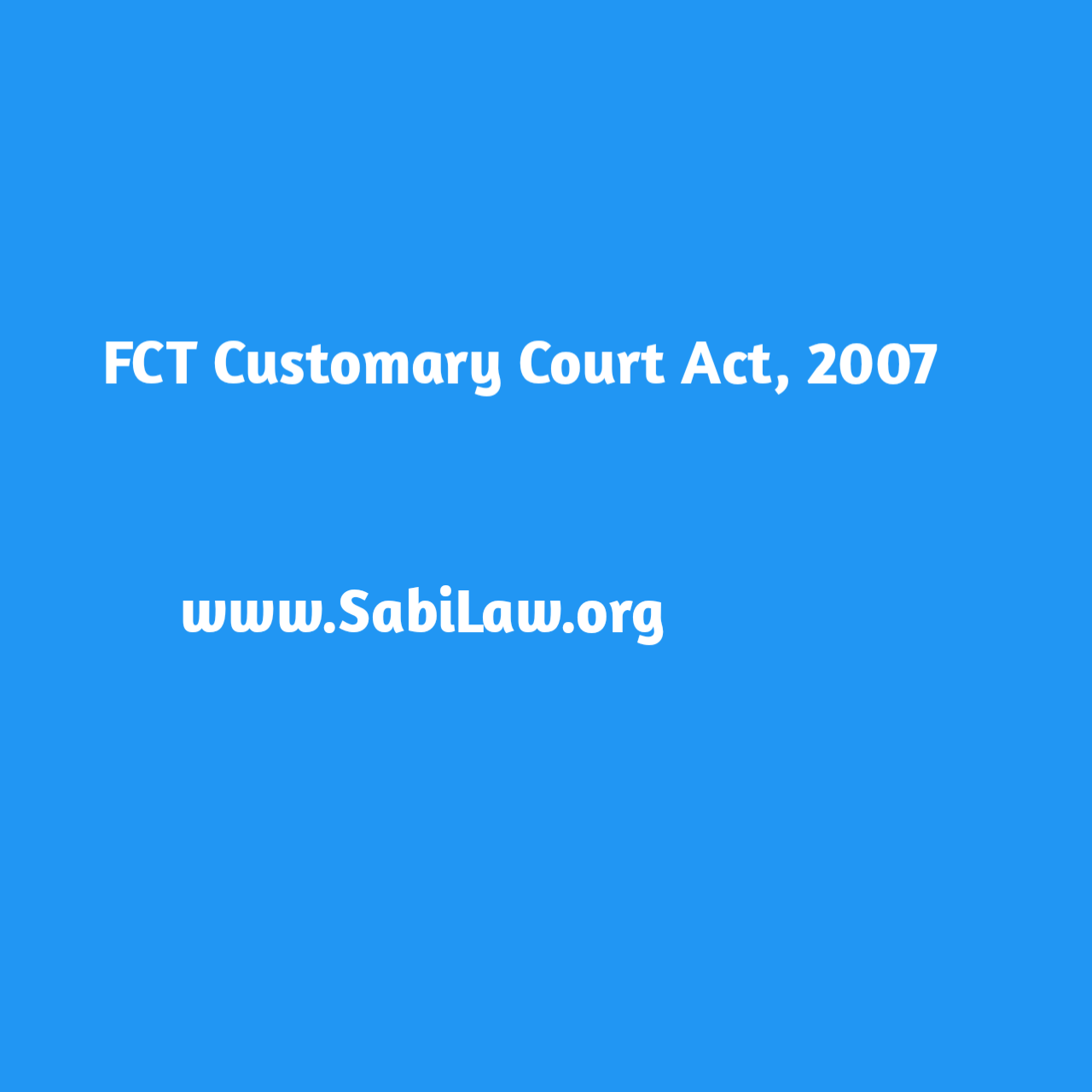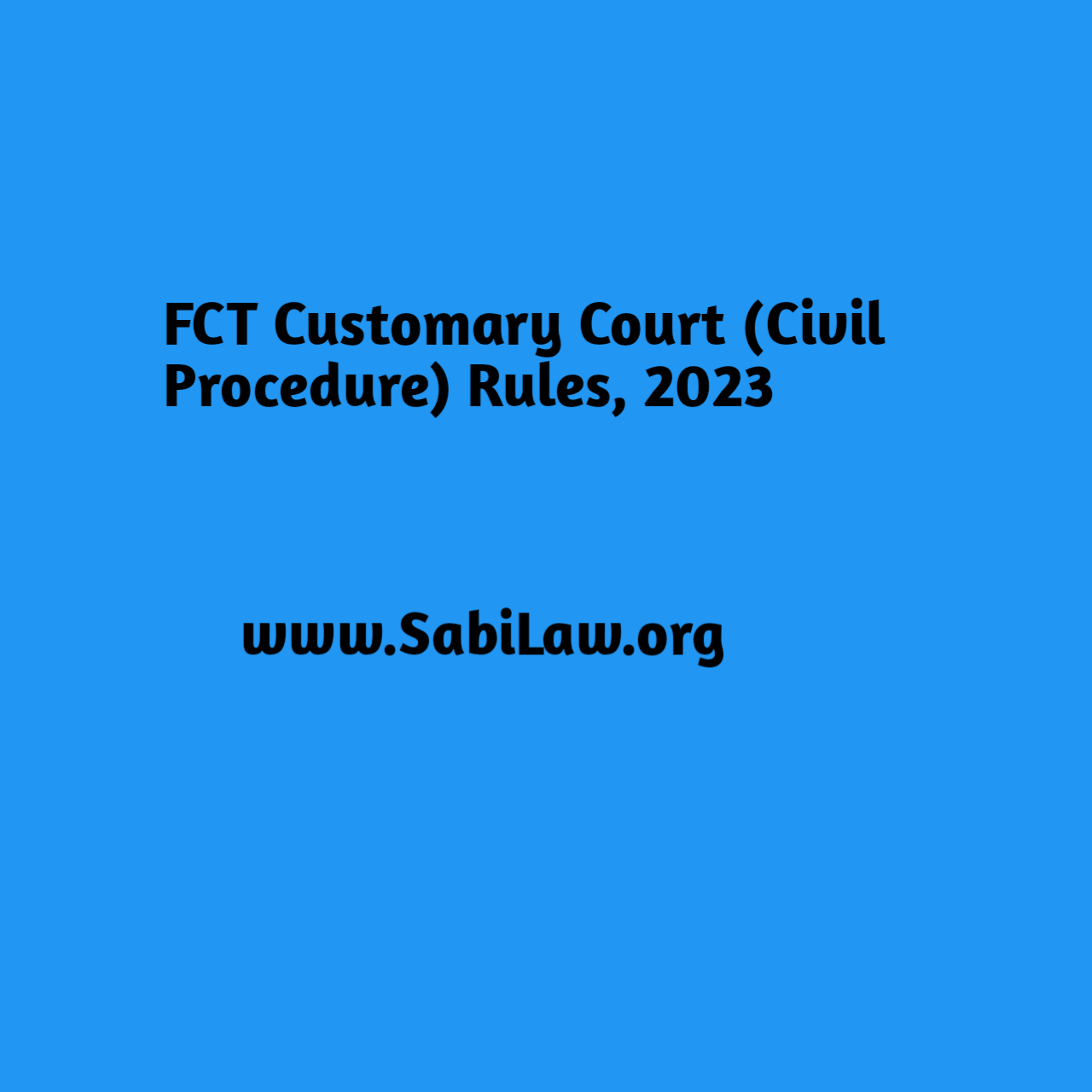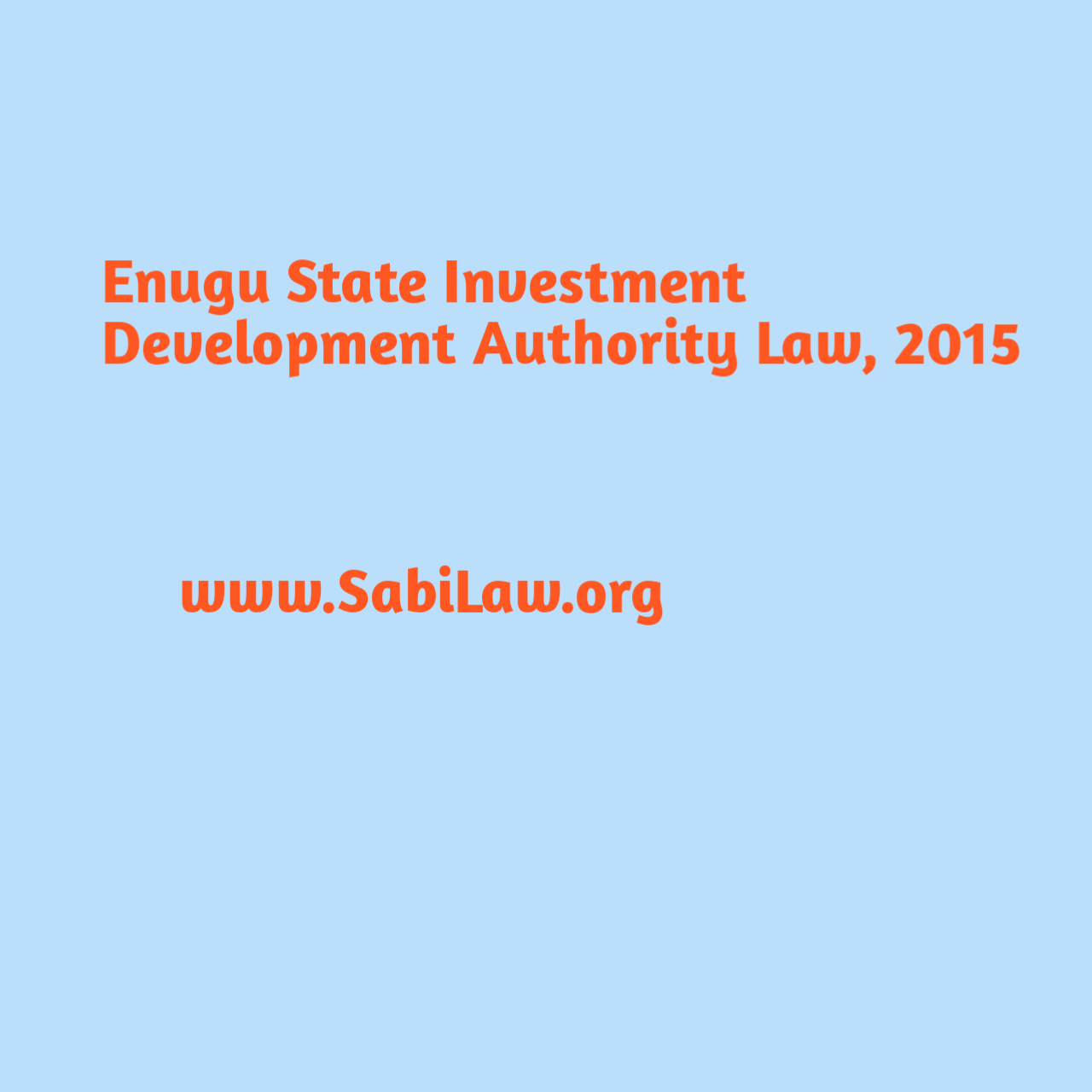Robotics And Oversight: Placing a Balance between Robots and Humanity .
By Ater Solomon Vendaga
Abstract
Robots are technological innovations that perform hitherto exclusive tasks of human persons. They are technologies that act in our physical world. Most of them are applied in such industries as Agriculture, law, medicine, security, etc. They are believed to carry out their tasks speedily and with precision as such, there is fear that they may in the nearest future sack many out of their jobs. This work attempt to look at this domain of AI to see how oversight can be employed to subvert the impending fears and ensure these machines complement man and not lead him.
- INTRODUCTION
We are living in the greatest periods of scientific and technological innovation ever in human history. Scientific discoveries and technological developments are fueling explosive advances in biotechnology, personalized medicine and synthetic biology; applied neuroscience; nanotechnology; information technology and artificial intelligence; robotics; geo-engineering and other fields. Each of these emerging technologies promises almost unfathomable social and personal benefits. As a result, governments are actively promoting them, while researchers and the private sector are devoting enormous resources to their development. The result has been rapid and widespread commercialization, production and application. Yet each of these technologies also carries the possibility of significant risks to health, safety and the environment. And each entails other potential impacts that raise broader social, economic and ethical concerns. To be sure, many of the issues raised by the current emerging technologies are generic: they attend every significant new technology. As Christopher Bosso argues, society must balance the potential benefits of every technological innovation against its potential risks and potential economic, social and personal impacts. Benefits, moreover, typically appear near-term and tangible –in the light of self-interest as well as natural optimism –while risks appear distant and intangible.
- WHAT IS A ROBOT?
A robot is a machine designed to execute one or more tasks automatically, with speed and precision. There are different types of robots depending on the task they are designed to perform. They are designed to perform such functions as;
- Automate manual or repetitive activities in corporate or industrial settings.
- Work in an unpredictable environments to spot hazards like gas leaks
- Fill out pharmaceutical prescriptions and prep IVs
- Deliver online orders, room service and even packets during emergencies
- Assist during surgeries.
Robots are therefore, artificial agents acting in the real world environment. They are aimed at manipulating the object by perceiving, picking, moving or modifying the physical properties of the object. They are believed to have the potential to take most of the jobs been done by humans. Karishma Banga who co-authored the report that research for the Overseas Development Institute focused on the example of furniture manufacturing in Africa commented thus;
In the next 15 to 20 years, robots in the U.S. are actually going to become much cheaper than Kenyan labor. Particularly in the furniture manufacturing industry. So this means that around 2033, American companies will find it much more profitable to reshore production back. Which means essentially get all the jobs and production back from the developing countries to the U.S. And that obviously can have very significantly negative effects for jobs in Africa.
While the above may be true, it is also important to note that robot cannot fully replace man. It has come to complement him. This is why it is argued that policies be designed so that robot will not assume mastership of the man but a slave.
- ROBOTICS
Robotics is a branch of AI, which is composed of Electrical Engineering, Mechanical Engineering and Computer Science for designing, construction and application of robots. It is a domain in Artificial Intelligence (“AI”) that deals with the study of creating intelligent and efficient robots.
Robotics is a diverse sector with many moving parts, and what its future will look like is a complex question. To offer insight, BCG did a deep dive into the robotics industry and the potential for old and new players to grow over the next decade. Our very concise conclusion: robotics has significant upside potential. But a more-nuanced analysis is that to succeed, established companies manufacturing machinery and industrial automation hardware and software must be both nimble and aggressive, prepared to take advantage of new strategic and technological directions that will likely become more important as 2030 approaches but may not be their traditional strengths. Meanwhile, smaller rivals and startups will be pushing innovation in areas that have the potential to generate high profits and alter the dimensions of the robotics industry. But the speed with which they will be able to transform the trajectory of the field is still a wildcard.
- APPLICATIONS OF ROBOTICS
The robotics has been applied in various fields such as −
- Industries − Robots are used for handling material, cutting, welding, color coating, drilling, polishing, etc.
- Military − Autonomous robots can reach inaccessible and hazardous zones during war. A robot named Daksh, developed by Defense Research and Development Organization (DRDO), is in function to destroy life-threatening objects safely.
- Medicine − The robots are capable of carrying out hundreds of clinical tests simultaneously, rehabilitating permanently disabled people, and performing complex surgeries such as brain tumors.
- Exploration − The robot rock climbers used for space exploration, underwater drones used for ocean exploration are to name a few.
- Entertainment − Disney’s engineers have created hundreds of robots for movie making
- EXAMPLES OF ROBOTS IN AFRICA
There are quite a number of robotic startups in Africa providing services. These not with the exclusion of others include;
Zipline in Rwanda that delivers medical supplies using automated drones. It was used to help fight against COVID-19. The robots are programmed to perform temperature screening, take readings of vitals, and deliver video messages and to detect people not wearing masks and instruct them to wear the mask correctly.
Arone is revolutionizing Africa by providing a faster, cheaper and more eco-friendly delivery solution using autonomous drones.
There is Vortex Robotics in Egypt with mission to enhance technological advancements in the marine field.
Dog-like robot, “Spot”; launched in South Africa to automate hard-to-reach mining environment.
- OVERSIGHT
Ensuring AI is slave and not master requires human oversight. Deloitte points out that “behind the scenes, major tech firms have tens of thousands of humans continuously watching, training, and improving their algorithms… Leading companies increasingly recognise that these technologies are most effective when they complement humans, not replace them.”
• REASONS FOR OVERSIGHT
1. One of the major challenges posed by emerging technologies is the “pacing problem”: can regulatory oversight arrangements keep pace with scientific and technological innovation? Technological innovation is inherently fast and is further accelerated by market and public incentives; governmental oversight – is by comparison inherently slow.
2. Current emerging technologies makes high quality risk governance difficult to achieve – Diverse, uncertain technologies may also lead to deficits in risk management, such as failing to adopt appropriate strategies, anticipate the side effects of management measures, address long-term risks and manage conflicts.
3. Stakeholder Engagement – Private actors and organisations that engage in technology oversight through new governance arrangements have particular interests in the management of technological risks. Many regulatory statutes, schemes and agencies, however lack strong provisions and procedures for stakeholder engagement.
4. Resource constraints can also bind tightly: active stakeholder and public engagement can be costly. At the same time, expansive stakeholder participation can delay the risk regulation process, and may even interfere with desired applications of expertise and judgment by risk managers.
5. Coordination – With no meta-regulator to manage the system as a whole, substantive issues or aspects of the risk governance process can fall through the cracks: each oversight body focuses on a narrow set of issues, viewing novel risks as someone else’s responsibility.
Oversight regimes can overlap. In these cases, at best, duplication of efforts saps scarce resources from the governance system and creates additional costs for the targets of oversight. Duplication can also lead to competition among oversight bodies, consuming additional resources, distracting organizations from their assigned missions and leading to conflict that complicates efforts at coordination.
•WHAT SHOULD BE DONE
The laws should be human-centric and ensure that humanity is not harmed by the deployment of Robotics.
Nations, Regional, and World Organizations with influence should ensure best practices are adopted to reduce the risks associated with Robotics.
Investment in the training and coaching of tech-skills should be widely encouraged in Africa.
Laws must be timeously made to regulate innovations like robotics.
- CONCLUSION
Robots are been developed to increase human satisfaction at low cost. They are deployed in different areas of human life such as health, food, security and legal services. The fear however, is the growing rumor that it will steal job opportunities away from humans and sack them out of the field. This is why conversations on the matter must be taken so serious so as not to make the man a slave and robot the master. The good news therefore is that humans will still be very much needed in structuring the workability of robots. This work has painstakingly captured what robot means as well as its applications and how they are practically applied on the African continent as well as the oversights.
- REFERENCES
Artificial Intelligence – Robotics: Available at https://www.tutorialspoint.com/artificial_intelligence/artificial_intelligence_robotics.htm. Accessed 31st July, 2022
Dona Slatter (2021) Dog-like robot launched in South Africa to automate hard-to-reach mining environments. Available at https://m.miningweekly.com/article/dog-like-robot-launched-in-south-africa-to-automate-hard-to-reach-mining-environments-2021-11-19/rep_id:3861. Accessed 1st August, 2022
https://www.google.com/amp/s/www.voanews.com/amp/robots-in-africa/4320405.html
https://www.weforum.org/agenda/2021/02/south-african-hotel-robot-staff-covid19-response/
K.W. Abbot, Introduction: the challenges of oversight for emerging technologies. 2022.
Lässig R., Lorenz M, Sissimatos E. , Wicker I, and Buchner T (2021), Robotics Outlook 2030: How Intelligence and Mobility Will Shape the Future; BCG. Available at https://www.bcg.com/publications/2021/how-intelligence-and-mobility-will-shape-the-future-of-the-robotics-industry. Accessed 1st August, 2022
Robotics Startups for Africa : Available at https://startuplist.africa/industry/robotics. Accessed 1st August, 2022
S.A. Zanlongo et al, Scheduling and Path-Planning for Operator Oversight of Multiple Robots. 2021.
TechTarget Contributor (2021). What is Robot and what Robot can do. Available at https://www.google.com/amp/s/www.techtarget.com/searchenterpriseai/definition. accessed 1st August, 2022
www.tutorialspoint.com/artificial_intelligence/artificial_intelligence_robotics.html
ABOUT THE AUTHOR
ATER, Solomon Vendaga is a Penultimate Law Undergraduate at the University of Abuja in Nigeria. He has keen interest in taxation law, IP law, Technology Law, and Public Policy. He can be reached via soloater12@gmail.com or 08025263078
****************************************************************************************
This work is published under the free legal awareness project of Sabi Law Foundation (www.SabiLaw.org) funded by the law firm of Bezaleel Chambers International (www.BezaleelChambers.com). The writer was not paid or charged any publishing fee. You too can support the legal awareness projects and programs of Sabi Law Foundation by donating to us. Donate here and get our unique appreciation certificate or memento.
DISCLAIMER:
This publication is not a piece of legal advice. The opinion expressed in this publication is that of the author(s) and not necessarily the opinion of our organisation, staff and partners.
PROJECTS:
? Take short courses, get samples/precedents and learn your rights at www.SabiLaw.org
? Publish your legal articles for FREE by sending to: eve@sabilaw.org
? Receive our free Daily Law Tips & other publications via our website and social media accounts or join our free whatsapp group: Daily Law Tips Group 6
KEEP IN TOUCH:
Get updates on all the free legal awareness projects of Sabi Law (#SabiLaw) and its partners, via:
YouTube: SabiLaw
Twitter: @Sabi_Law
Facebook page: SabiLaw
Instagram: @SabiLaw.org_
WhatsApp Group: Free Daily Law Tips Group 6
Telegram Group: Free Daily Law Tips Group
Facebook group: SabiLaw
Email: lisa@sabilaw.org
Website: www.SabiLaw.org
ABOUT US & OUR PARTNERS:
This publication is the initiative of the Sabi Law Foundation (www.SabiLaw.org) funded by the law firm of Bezaleel Chambers International (www.BezaleelChambers.com). Sabi Law Foundation is a Not-For-Profit and Non-Governmental Legal Awareness Organization based in Nigeria. It is the first of its kind and has been promoting free legal awareness since 2010.
DONATION & SPONSORSHIP:
As a registered not-for-profit and non-governmental organisation, Sabi Law Foundation relies on donations and sponsorships to promote free legal awareness across Nigeria and the world. With a vast followership across the globe, your donations will assist us to increase legal awareness, improve access to justice, reduce common legal disputes and crimes in Nigeria. Make your donations to us here or contact us for sponsorship and partnership, via: lisa@SabiLaw.org or +234 903 913 1200.
**********************************************************************************



